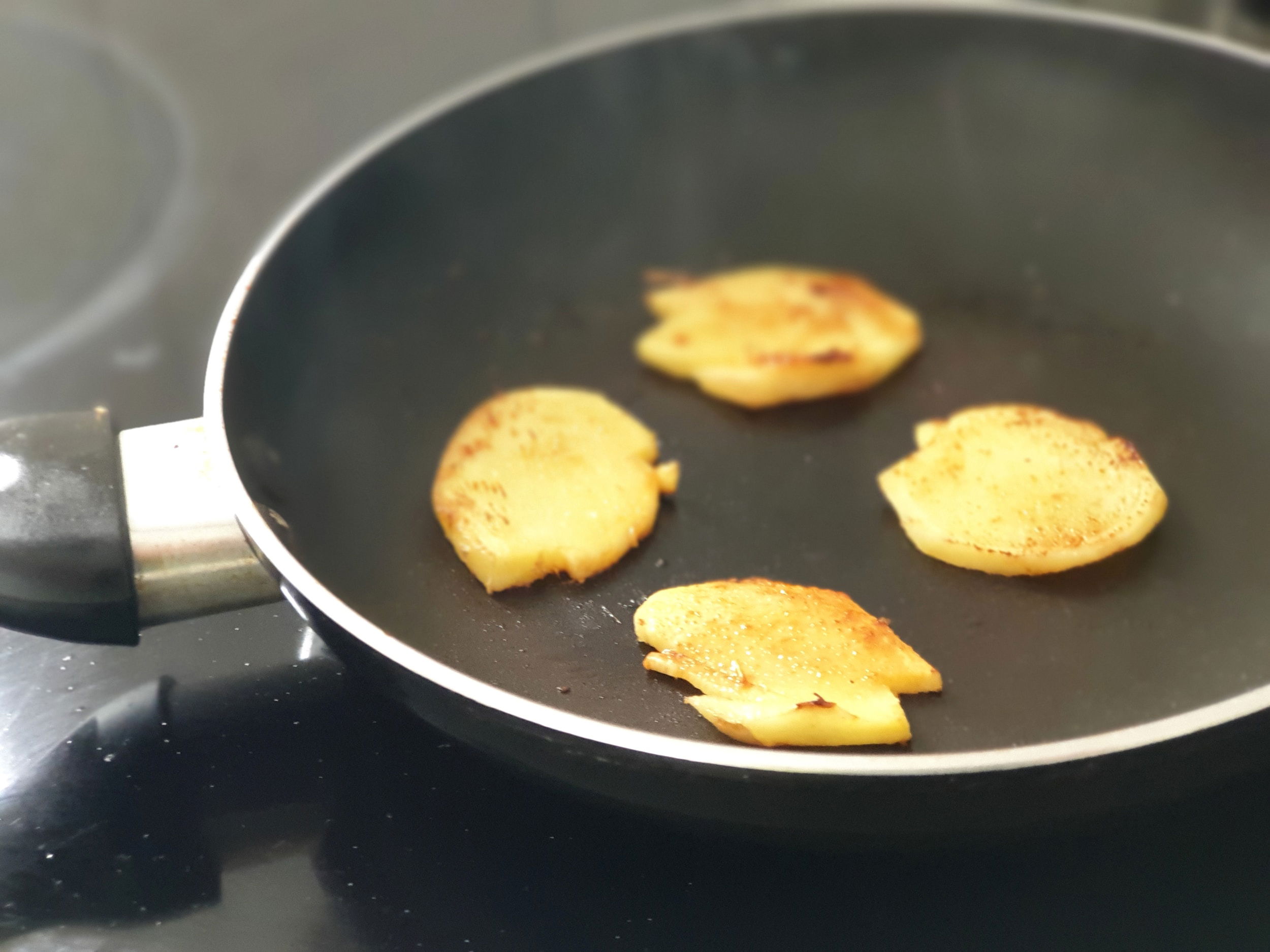We will explore the multi-variety of fresh ginger, including its different varieties, culinary uses, health benefits, and growing and harvesting techniques
Fresh ginger is a versatile and flavorful root that has been used for both culinary and medicinal purposes for centuries. It is a common ingredient in many cuisines around the world, from Asian stir-fries and curries to baked goods and beverages. But ginger is not only valued for its taste - it also contains a range of health-promoting compounds and has numerous health benefits.
In this article, we will explore the multi-variety of fresh ginger, including its different varieties, culinary uses, health benefits, and growing and harvesting techniques. Whether you are a foodie looking to expand your culinary horizons or someone interested in natural health remedies, this article is for you.
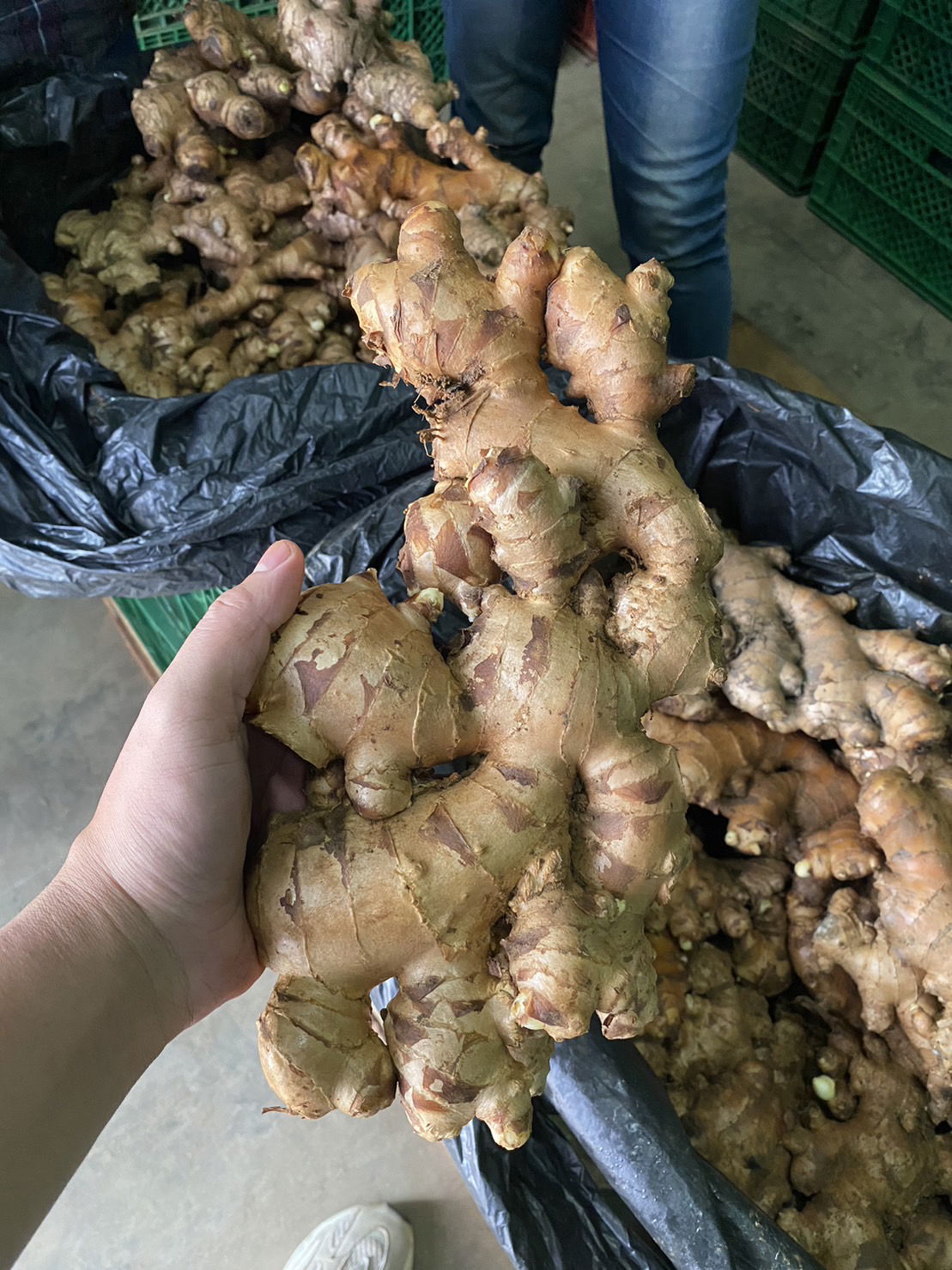
1. Introduction to Fresh Ginger
What is Fresh Ginger?
Fresh ginger is a root vegetable that is widely used in Asian and Western cuisine and is known for its unique flavor and aroma. It is often used in spicy dishes and is a key ingredient in many recipes, including curries, stir-fries, and baked goods.
The History of Fresh Ginger
Fresh ginger has been used for thousands of years in both traditional medicine and cooking. It originated from Southeast Asia and has since been cultivated in different parts of the world. It was highly valued in ancient times and was even used as a currency, much like gold.
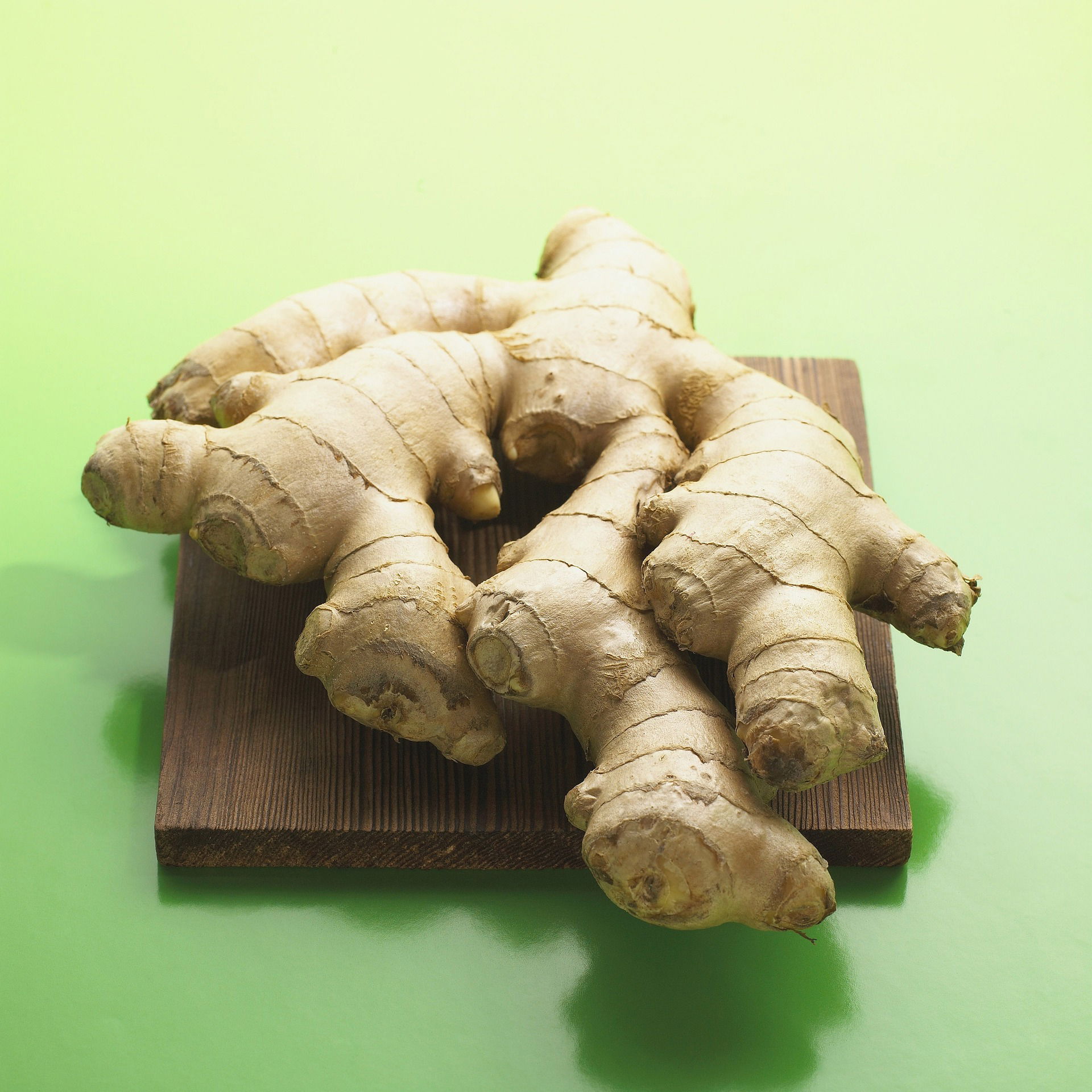
2. The Health Benefits of Fresh Ginger
Ginger's Nutritional Profile
Fresh ginger is loaded with nutrients and antioxidants that are good for your health. It is a good source of vitamin C, magnesium, and potassium. It also contains a compound called gingerol, which gives ginger its unique flavor and has anti-inflammatory and antioxidant effects.
Health Benefits of Ginger
The health benefits of fresh ginger are numerous. It can help with a variety of health issues, such as nausea, inflammation, and pain. It has also been shown to have a positive effect on digestion, brain function, and blood sugar levels.
Studies and Research on Ginger's Health Benefits
Research has shown that fresh ginger can be effective in treating various health conditions, such as osteoarthritis, menstrual pain, and migraines. Studies have also indicated that ginger may have anti-cancer properties and can help lower cholesterol levels.
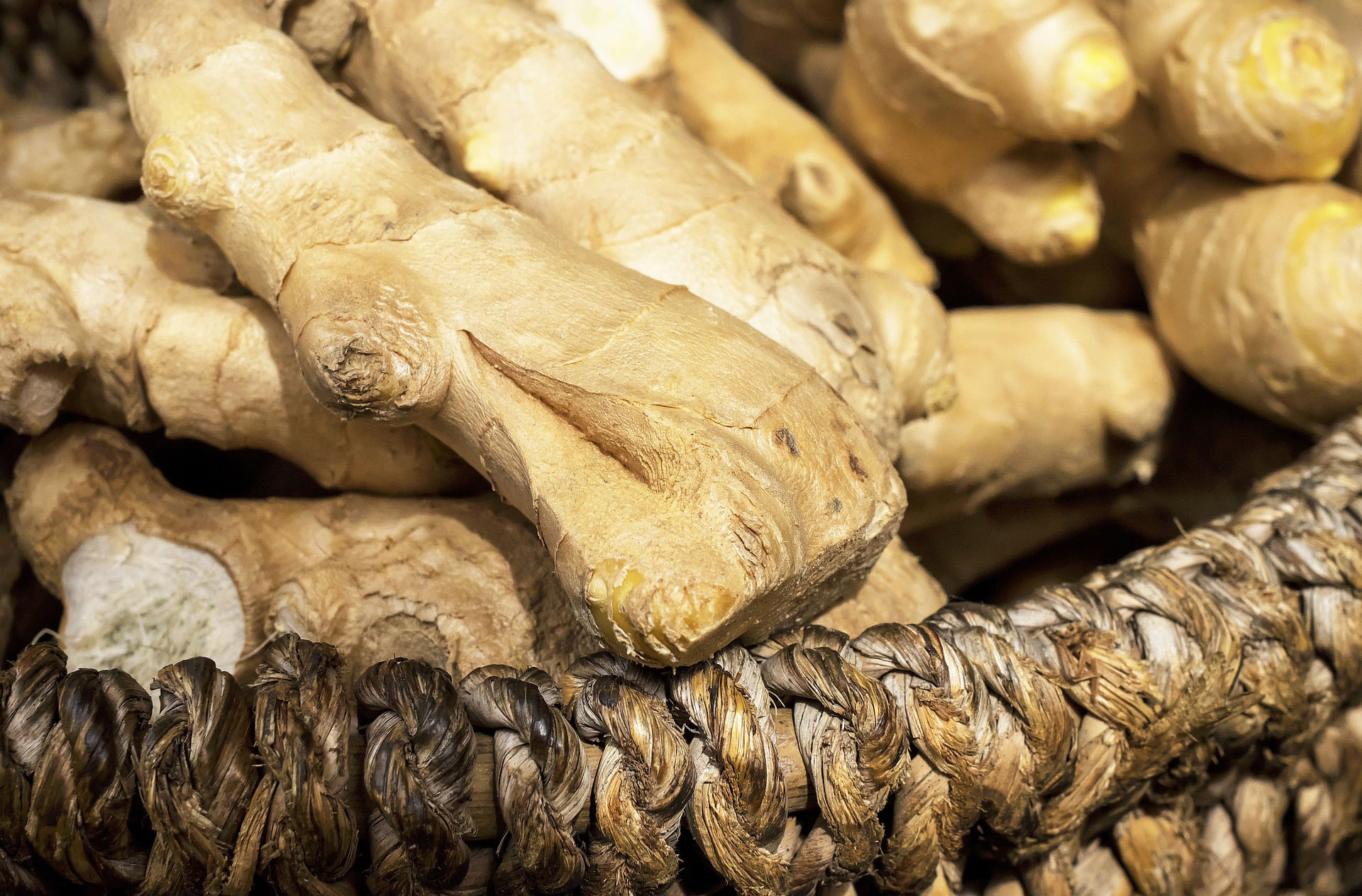
3. Different Varieties of Fresh Ginger and Their Characteristics
Common Varieties of Fresh Ginger
There are several varieties of fresh ginger, each with its own unique flavor and characteristics. Some of the most common varieties include Chinese ginger, Jamaican ginger, and Hawaiian ginger.
Characteristics of Different Types of Ginger
Chinese ginger is typically smaller and has a milder flavor than other varieties. Jamaican ginger, on the other hand, is known for its strong and pungent flavor. Hawaiian ginger is larger and has a sweeter, more fragrant flavor.
Where Different Varieties of Ginger are Grown
Fresh ginger is grown in various parts of the world, including China, India, and Thailand. Jamaican ginger is also widely cultivated, as well as Hawaiian ginger, which is often grown on family farms.
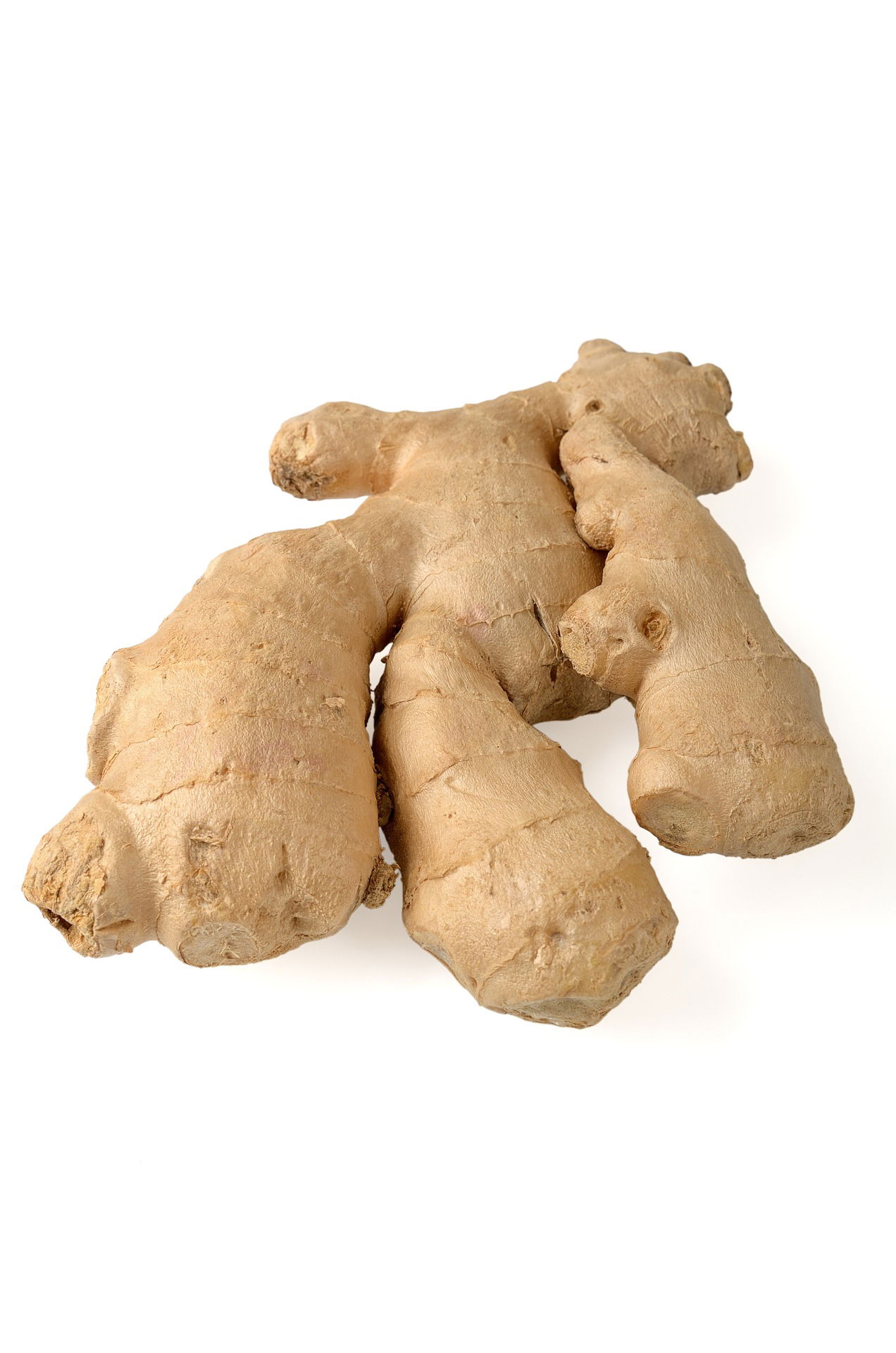
4. Culinary Uses of Fresh Ginger in Various Cuisines
Ways to Use Fresh Ginger in Cooking
Fresh ginger is a versatile ingredient that can be used in various ways in cooking. It can be grated, chopped, or sliced and added to dishes like stir-fries, curries, and soups. It can also be used to flavor baked goods like gingerbread and cookies.
Fresh Ginger in Asian Cuisines
Fresh ginger is a staple ingredient in many Asian cuisines, including Chinese, Thai, and Indian. It is often used in spicy dishes and is believed to have a warming effect on the body. In Chinese cuisine, it is commonly used in stir-fries and soups.
Fresh Ginger in Western Cuisines
Fresh ginger is also used in Western cuisines, particularly in baked goods like gingerbread and ginger snaps. It is also commonly used in marinades and dressings for salads and roasted meats.

5. Growing and Harvesting Fresh Ginger
How to Grow Fresh Ginger
Growing fresh ginger takes time and patience, but it's a fun and rewarding experience. You'll need to start with fresh ginger root from your local farmer's market or grocery store. Choose a plump, firm-looking piece of ginger with nodes or "eyes" on it.
To plant it, soak the ginger in water overnight to remove any potential pesticides. Next, fill a pot with well-draining soil and plant the ginger about 2 inches deep, with the "eyes" facing up. Keep the soil moist but not waterlogged, and place the pot in a warm spot with indirect sunlight.
After a few weeks, you'll start to see shoots emerge from the soil. Ginger plants can grow up to 4 feet tall and take about 8-10 months to mature.
Climate and Soil Requirements for Growing Fresh Ginger
Fresh ginger thrives in warm and humid climates, with temperatures around 75-85°F and high humidity levels. It also prefers well-draining, nutrient-rich soil. If you live in a cooler climate, you can still grow ginger in a greenhouse or indoor environment with warm temperatures and high humidity.
Harvesting and Storing Fresh Ginger
Once your ginger plant is mature, the leaves will start to turn yellow, and the plant will begin to die back. This is a signal that it's time to harvest the ginger. Gently dig up the rhizomes or "fingers" of ginger, being careful not to damage them.
To store fresh ginger, you can keep it in a cool, dry place for up to a week. Alternatively, you can freeze it or pickle it to extend its shelf life.
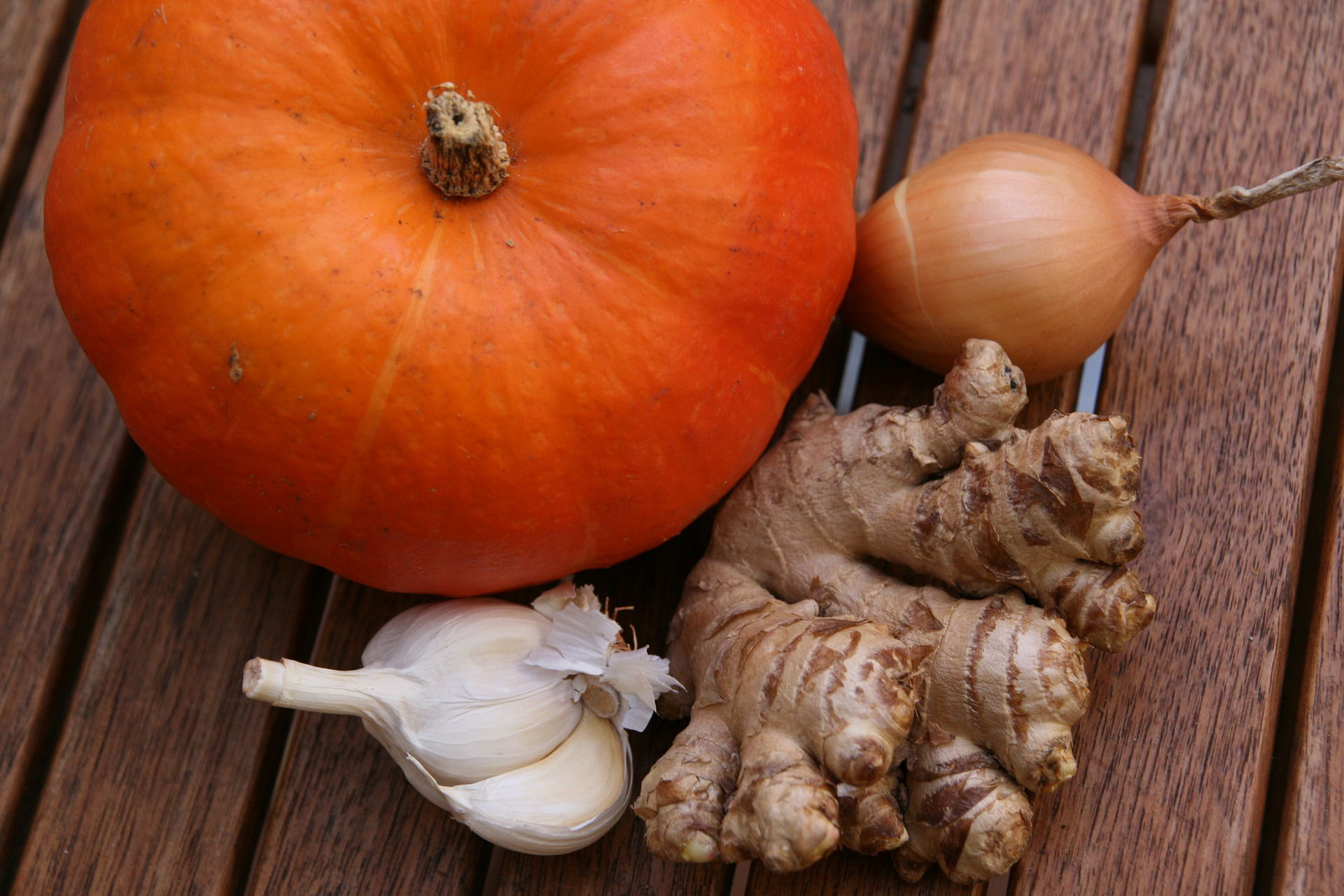
6. How to Store and Preserve Fresh Ginger
Storing Fresh Ginger in the Refrigerator
To keep fresh ginger fresher for longer, store it in the refrigerator. Simply place the ginger in a plastic bag or container and keep it in the crisper drawer or the back of the fridge. Fresh ginger can last up to 3 weeks in the fridge.
Freezing Fresh Ginger
Another way to preserve fresh ginger is to freeze it. Simply wash and peel the ginger, cut it into small pieces or grate it, and place it in a freezer bag or container. Frozen ginger can last up to 6 months, and you can use it directly from the freezer for recipes that call for grated or chopped ginger.
Pickling Fresh Ginger
Pickling fresh ginger is a great way to add flavor and crunchy texture to dishes. To make pickled ginger, slice the ginger thinly and soak it in a mixture of rice vinegar, sugar, and salt. You can store pickled ginger in an airtight container in the fridge for up to a month.
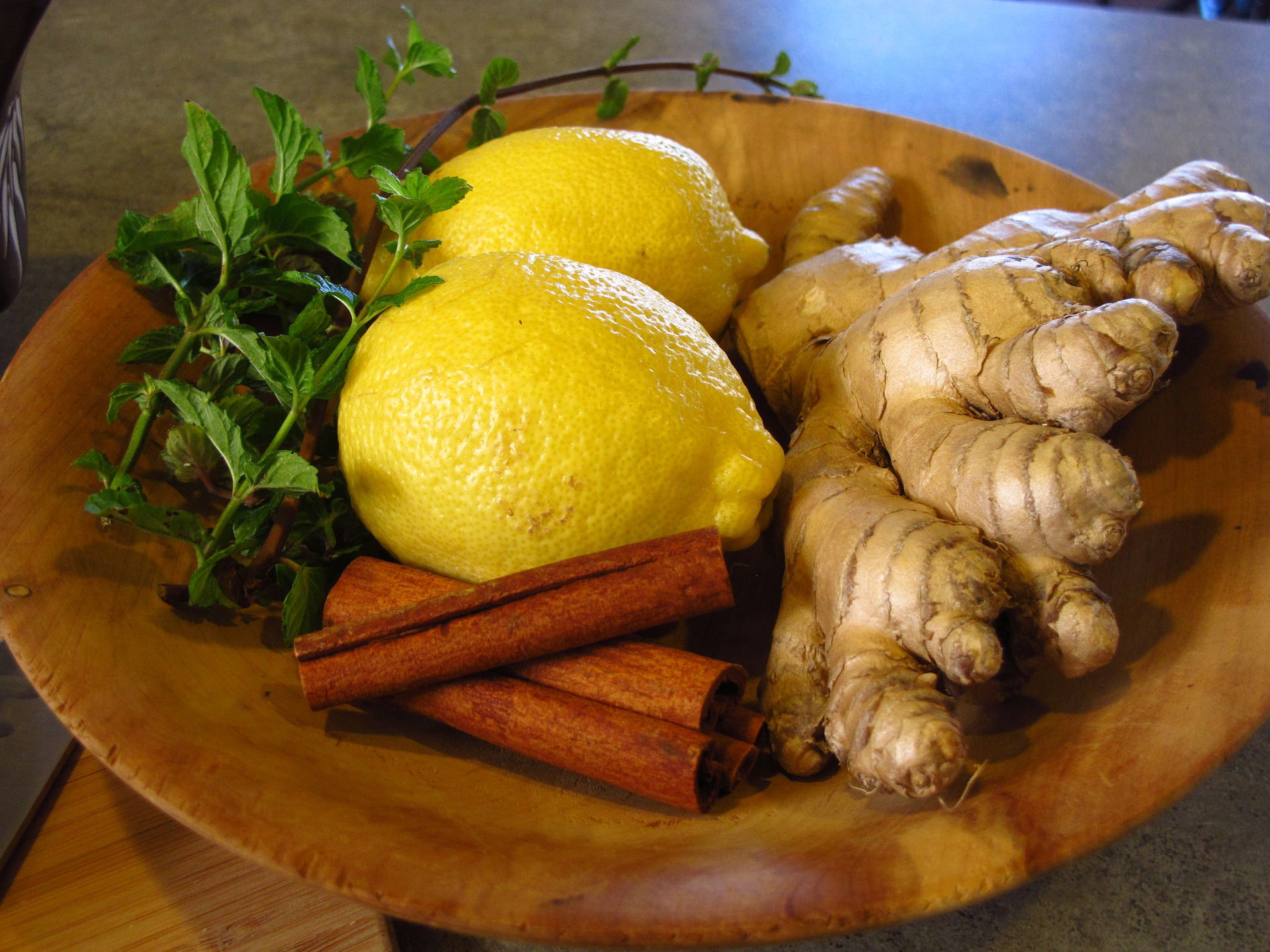
7. Recipes and Ideas for Cooking with Fresh Ginger
Ginger Tea Recipe
To make a soothing and invigorating ginger tea, simply slice fresh ginger into thin pieces and steep it in boiling water for 5-10 minutes. Add a squeeze of lemon and a drizzle of honey for extra flavor.
Stir-fry Recipe with Fresh Ginger
Fresh ginger adds a spicy kick and depth of flavor to stir-fries. To make a simple stir-fry, sauté sliced ginger, garlic, and vegetables in a hot wok or skillet with a splash of oil. Add soy sauce, sesame oil, and red pepper flakes for extra flavor.
Baked Goods Recipe with Fresh Ginger
Fresh ginger adds warmth and sweetness to baked goods like gingerbread, cookies, and cakes. To make a delicious gingerbread, mix flour, brown sugar, butter, molasses, ginger, cinnamon, nutmeg, and cloves together in a bowl. Bake in the oven at 350°F for 40-45 minutes, and enjoy the spicy aroma wafting from your kitchen.
Salad Dressing Recipe with Fresh Ginger
Fresh ginger can also be used to make a tangy and zesty salad dressing. Mix together fresh ginger, garlic, soy sauce, rice vinegar, honey, and sesame oil in a small bowl. Drizzle over a bed of greens and vegetables for a flavorful and nutritious salad.
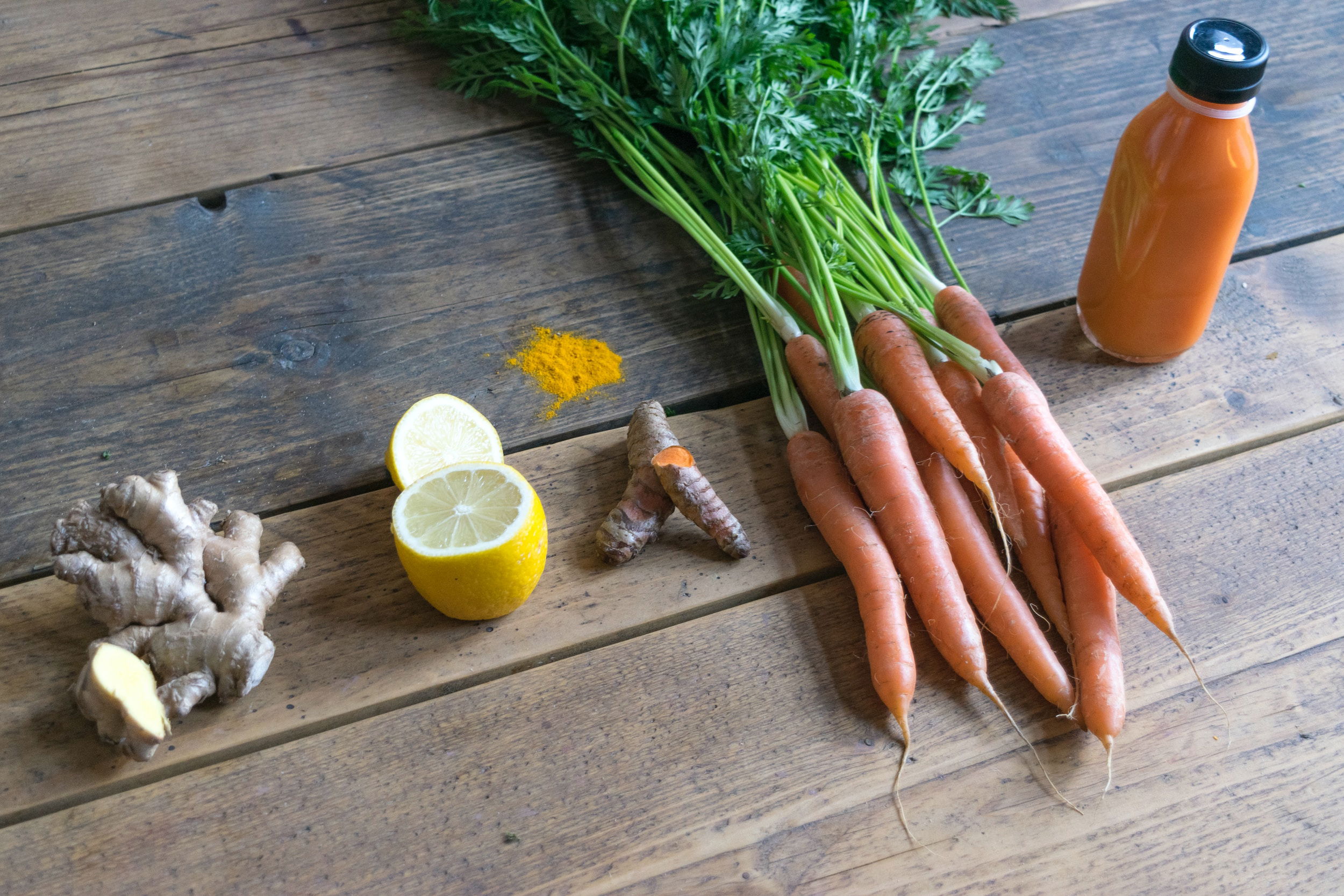
8. Conclusion and Final Thoughts on Fresh Ginger
Summary of Health Benefits and Culinary Uses of Fresh Ginger
Fresh ginger is a versatile and healthy ingredient that has been used for centuries in culinary and medicinal practices. It contains powerful anti-inflammatory and antioxidant compounds that can help reduce inflammation, improve digestion, and boost immunity.
In the kitchen, fresh ginger can be used in a variety of dishes, from soups and stews to desserts and drinks. It adds a spicy kick and unique flavor profile that can make any recipe more interesting and complex.
Where to Buy Fresh Ginger
Fresh ginger can be found at most grocery stores, farmer's markets, and specialty food stores. Look for ginger that is firm, plump, and has a bright skin. Organic ginger is also available at many stores if you prefer to avoid pesticides.
Final Thoughts on Using Fresh Ginger in Cooking and Health
Fresh ginger is a versatile and flavorful ingredient that is easy to incorporate into your daily routine. Whether you're sipping ginger tea, adding it to your stir-fry, or baking gingerbread, the possibilities are endless. And with its many health benefits, you can feel good about adding fresh ginger to your diet. So go ahead and spice up your life with some fresh ginger!
In conclusion, fresh ginger is a versatile and beneficial ingredient that can be used in various ways. Whether you want to add some zing to your cooking or enjoy the many health benefits of ginger, fresh ginger is an excellent choice. By exploring its different varieties, culinary uses, and growing techniques, you can discover even more ways to incorporate this flavorful root into your life. So go ahead and give fresh ginger a try - your taste buds (and your body) will thank you!

FAQ
What is the best way to store fresh ginger?
The best way to store fresh ginger is to keep it in a cool, dry place, such as the refrigerator. You can also freeze ginger for long-term storage.
What are some health benefits of fresh ginger?
Fresh ginger has numerous health benefits, including reducing inflammation, relieving nausea and vomiting, improving digestion, and reducing the risk of heart disease.
How can I use fresh ginger in my cooking?
Fresh ginger can be used in a variety of ways in cooking, such as grated or minced in stir-fries, curries, and soups, sliced in tea and other beverages, and baked into sweet treats like cookies and cakes.
Can I grow fresh ginger at home?
Yes, fresh ginger can be grown at home with the right conditions. It requires warm temperatures, plenty of water, and well-draining soil. You can start with a piece of fresh ginger root and plant it in a pot or container.
